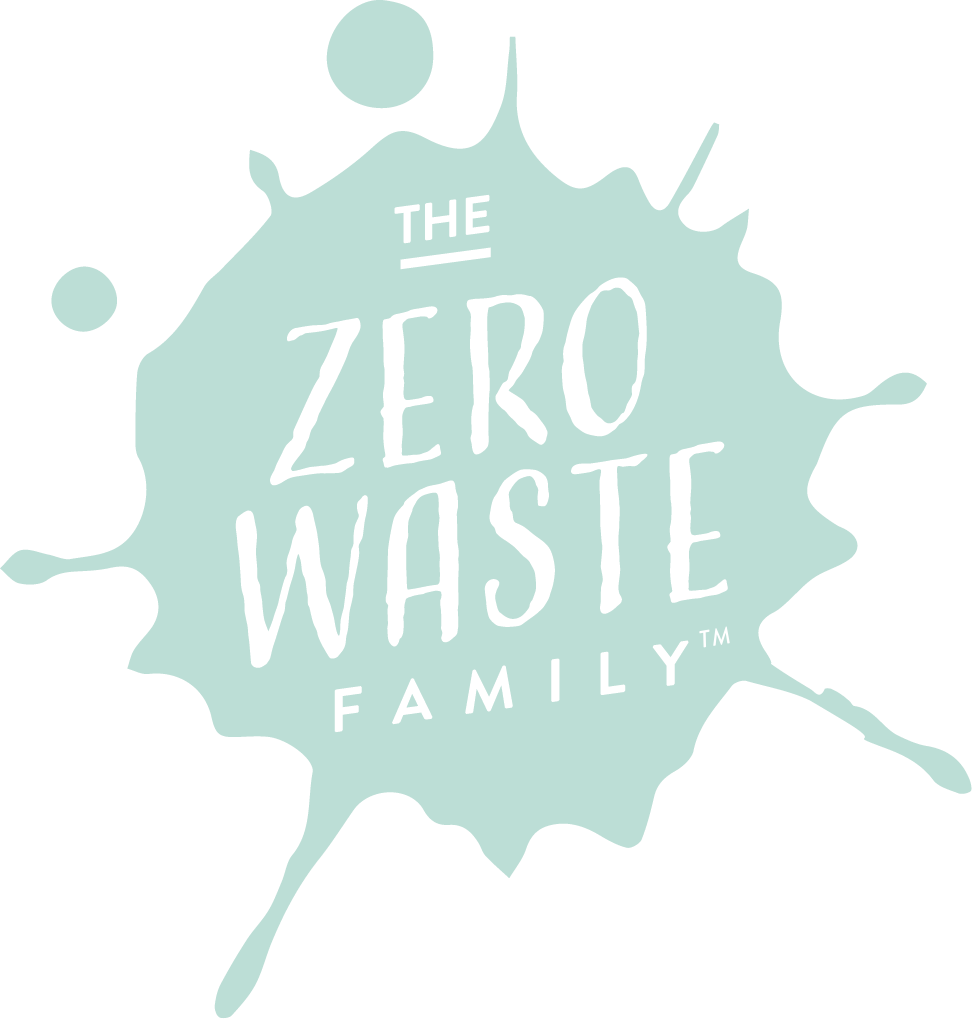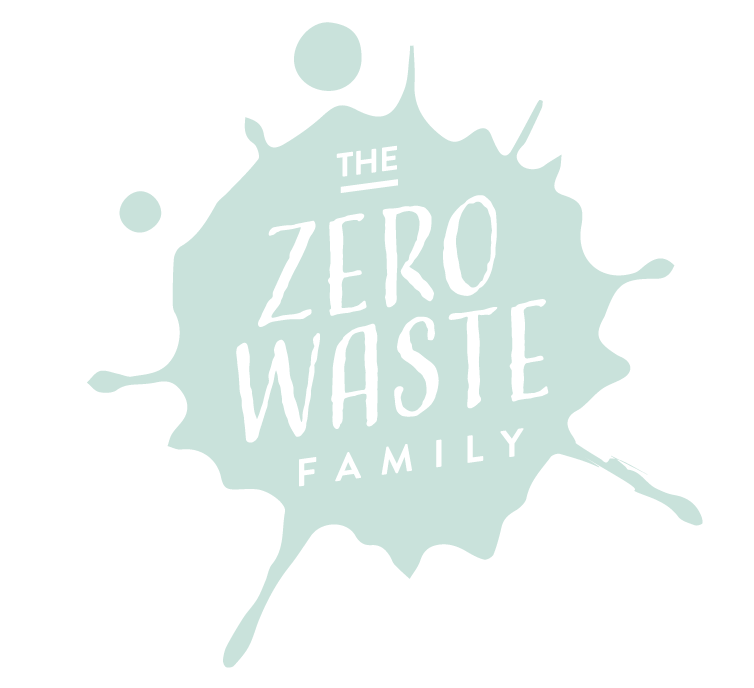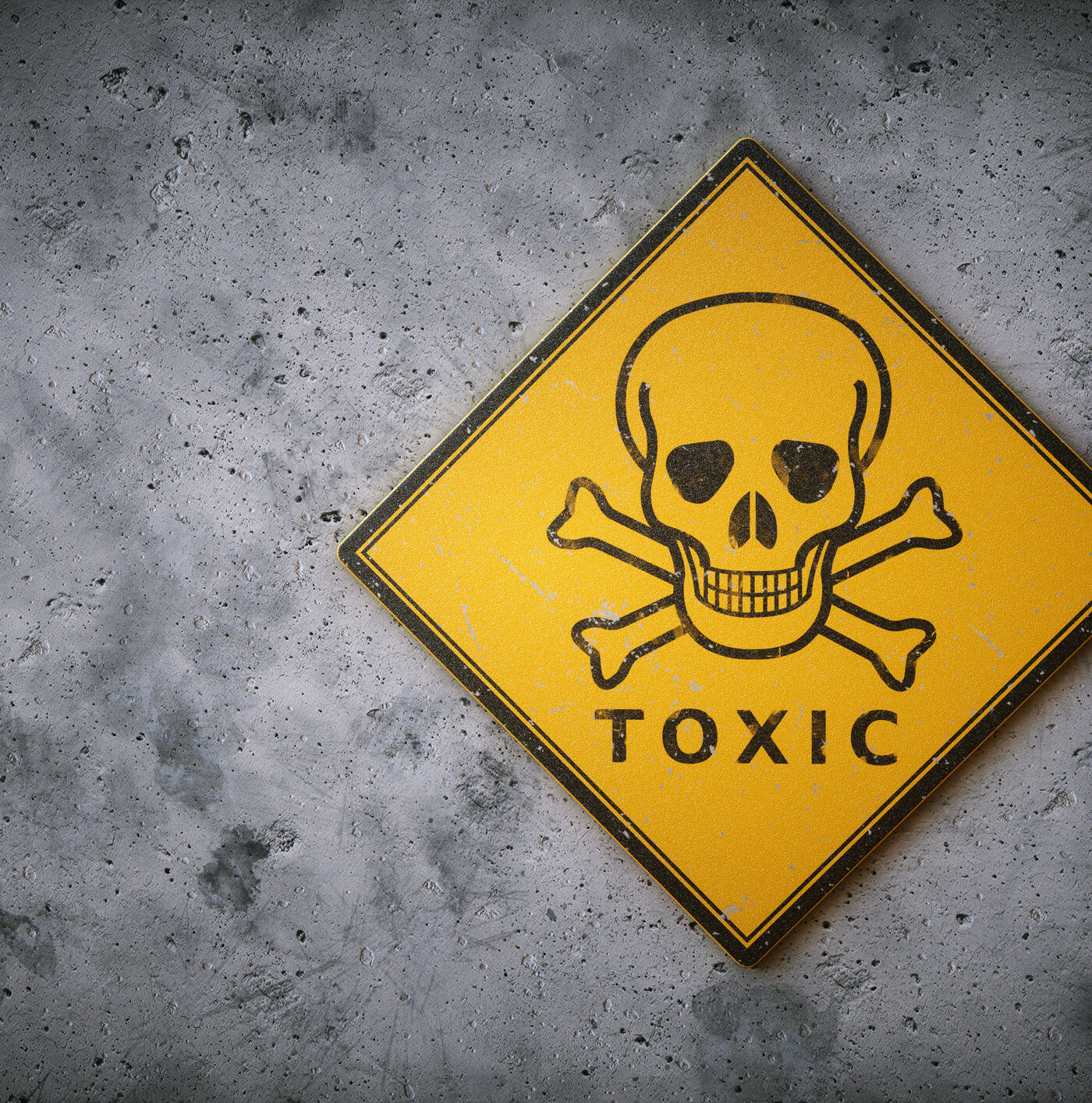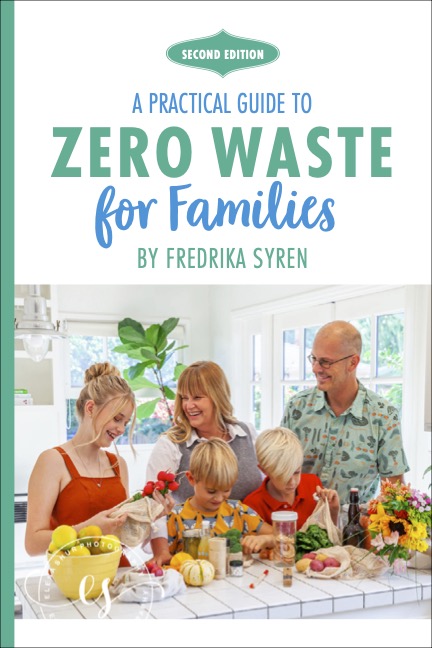Forever Chemicals—What Are They and How Do We Avoid Them?

You’ve probably heard of “forever chemicals,” but you might not know precisely what they are and, more importantly, why we should work hard to reduce our exposure to them.
In existence since the 1950s, forever chemicals are synthetic, fluorinated, per- and poly-fluoroalkyl substances (PFAS) that are incredibly harmful to our health. They’re found worldwide in everything from cleaning products to water-resistant fabrics.
According to the Environmental Protection Agency (EPA), exposure to PFAS is linked to increased health issues, including cancer and thyroid dysfunction. The scary part, and why they are called forever chemicals, is that they remain in the human body for a very long time.
Sadly, they don’t break down in our environment, either.
How are we exposed?
The most common way we are exposed to forever chemicals is through eating and drinking. PFAS are often found in commercial products like takeout food packaging because they’re durable and resistant to heat, grease, water, and stains.
PFAS can also be found in the following places:
- Food— Beware of PFAS in foods like fish and shellfish that live in waters contaminated with PFAS or wild game caught in areas with PFAS contamination.
- Food Containers— PFAS can be found in pizza boxes, popcorn bags, and fast-food containers.
- Water supplies— Unfortunately, water supplies from both public water systems and private wells may be contaminated with PFAS from local industries or the use of firefighting fåoam.
- Soil
- Consumer products— these chemicals can be found in non-stick cookware, stain-resistant carpeting, and fabrics/textiles.
How do we reduce our exposure to forever chemicals?
It’s almost impossible to avoid chemicals entirely. Still, we can try our best to reduce our exposure to them. Here’s how:
Drinking water— Use a water filter that is certified to remove PFAS. You can also check with your local water system to find your area’s PFAS levels.
Food— Eat less fish or check with your local fish advisories about PFAS levels in local fish and seafood.
Home— PFAS and many other chemicals build up in household dust. Be sure to dust with a wet cloth, mop, and clean furniture and rugs often. Also, replace non-stick and Teflon cookware with stainless steel and cast iron cookware. Pop popcorn the old fashion way with popcorn seeds in a pan. Avoid purchasing clothes, furniture, and flame- and stain-resistant carpets.
Takeout food— Bring your own glass or stainless steel containers to restaurants for takeout or leftovers, or avoid takeout food altogether.
Here are more article about chemicals we’re exposed to and how to reduce them.









